Choosing the right type of food is crucial for the health and well-being of small animals. In the small animal food sector, we often come across products in pellet, nugget or muesli form, but what distinguishes them from each other? It's important to know the differences between these forms of food to ensure you are providing your pet with the best possible nutrition.
Muesli-style diets
Muesli-style diets for rabbits or guinea pigs are feeds that contain lots of different elements, such as pea and carrot flakes, oats, seeds, pellets and herbage. For a long time, they were seen as a natural and healthy diet for small mammals. However, today we know that muesli-style diets cause selective feeding, which is when rabbits pick out the high-sugar, high-energy elements of their food first and leave the fibrous parts behind. As rabbits and guinea pigs need a high-fibre diet, feeding a muesli-style diet can increase the risk of short- and long-term health problems. The University of Edinburgh has found out that rabbits will selectively feed if given the opportunity, which is why we recommend owners to move away from muesli.
Cold-pressed pellets
We see a lot of products on the market in the form of cold-pressed pellets, but what is the difference to a nugget and how is this manufactured? Cold-pressed pellets are made by mixing dry ingredients together and pressing them into a pellet form with a machine that spins really fast and pushes the ingredients into their form. Through this method, ingredients are not cooked as the ingredients in the machine are only reaching up to 90 degrees through the fast movement. The result is a hard pellets with longer fibres. In the first instance, this sounds perfect for feeding small animals, however, most of the cold-pressed pellets on the market are too hard for rabbits to chew with their front teeth, which means they need to use their molar teeth in order to chew them, which puts unnecessary stress on their jaw muscles. Bigger pieces can break off and can become a choking hazard.
Extruded nuggets
A one-component extruded nugget prevents selective feeding and is made by a process called thermal extrusion. The process involves grinding down a range of ingredients into a fine flour and mixing them together. Steam and water are added to create a soft mixture that it is cooked by thermal and mechanical energy, then pushed through a die plate to form the nugget shape. The freshly pressed nuggets are then dried, cooled and packaged. Producing nuggets via thermal extrusion has a number of benefits, including high palatability, food safety and digestibility.
Read our article by Dr. Suzanne Moyes about how we make our tasty Excel nuggets.
A positive change in animal nutrition
In the UK, there has been a significant shift in the small animal food market. Before the creation of Burgess Excel, muesli-style diets were commonly used by many small animal owners under the mistaken belief that they provided their pets with natural nutrition. However, it has since been discovered that muesli-style diets lead to selective feeding, which in turn increases the risk of serious health concerns such as obesity, flystrike and gut stasis. The University of Edinburgh conducted a long study on different diets for rabbits, which confirmed these concerns. As a result, many pet shops and retailers removed muesli-style diets from their shelves. Due to these positive changes and the work to raise awareness about these health risks, muesli feeding as the main food for rabbits in the UK has decreased from 49%1 in 2011 to 13%2 in 2023. Hay feeding as well as the feeding of fresh greens has also seen an increase since.

Ensuring a balanced diet for small animals
Since muesli-style diets are on the decline, new products have grown in the market to provide a pellet or a nugget that only has one component to prevent selective feeding. The idea is that every single bite is the same to ensure that small animals cannot pick and choose unhealthy elements of their diet, but ensure a balanced nutrition.
Rabbit pellets, or nuggets, are a complementary addition to your rabbits’ diet and can be a source of nutrition when fed correctly. Originally, pellets were developed as a cheap way to feed livestock and these earlier foods tended to be high in fat content and lacked the high quality nutrition needed to support long term health and wellbeing.
However, good-quality, high-fibre rabbit pellets are now more widely available. They often contain a base of grass with additional herbs and are supplemented with vitamins and minerals. Functional ingredients such as prebiotics may also be added to help support a healthy digestion.
Sources:
- PDSA Animal Wellbeing Report 2011 https://www.pdsa.org.uk/media/2584/pdsa_animal_wellbeing_report_2011.pdf
- PDSA Animal Wellbeing Report 2023 https://www.pdsa.org.uk/what-we-do/pdsa-animal-wellbeing-report/paw-report-2023
You can read more about the results of the Edinburgh Study here:
1. Meredith, A. L., Prebble, J. L. & Shaw, D. J. (2014) Bodyweight and body condition score in rabbits on four different feeding regimes. Journal of Small Animal Practice.
2. Meredith, A. L., Prebble, J. L. & Shaw, D. J. (2015) Impact of diet on incisor growth and attrition and the development of dental disease in pet rabbits. Journal of Small Animal Practice.
3. Meredith, A.L., Prebble, J. L. (2014) Food and water intake and selective feeding in rabbits on four feeding regimes. Journal of Animal Physiology and Animal Nutrition.
4. Langford, F. M., Meredith, A. L., Prebble, J. L. & Shaw, D. J. (2015) The effect of four different feeding regimes on rabbit behaviour. Applied Animal Behaviour Science.
5. Meredith, A. L. & Prebble, J. L. (2017) Impact of diet on faecal output and caecotrophy consumption in rabbits. Journal of Small Animal Practice














